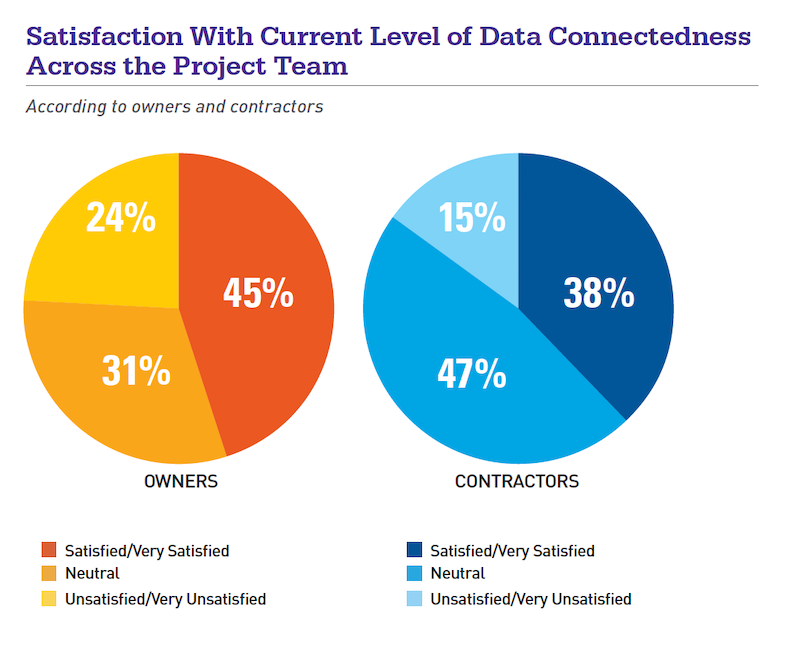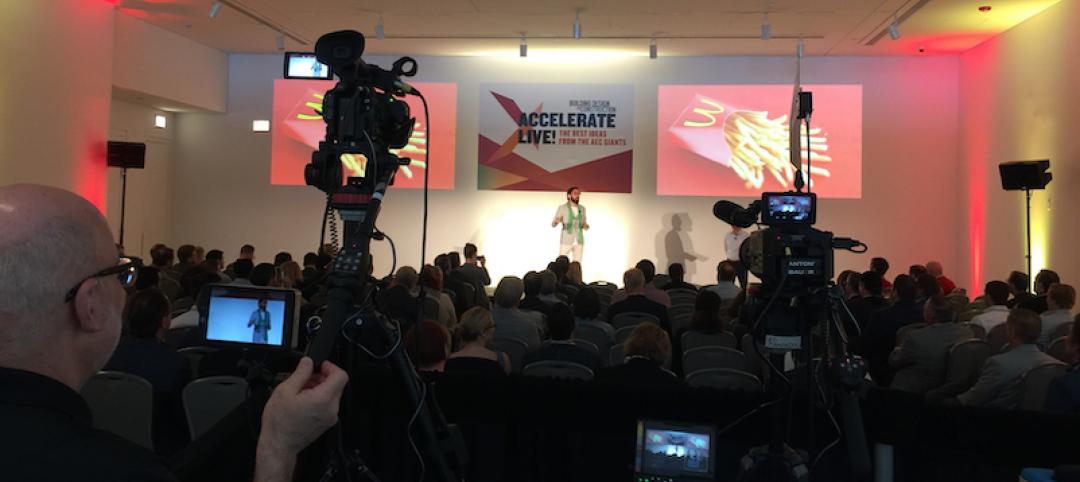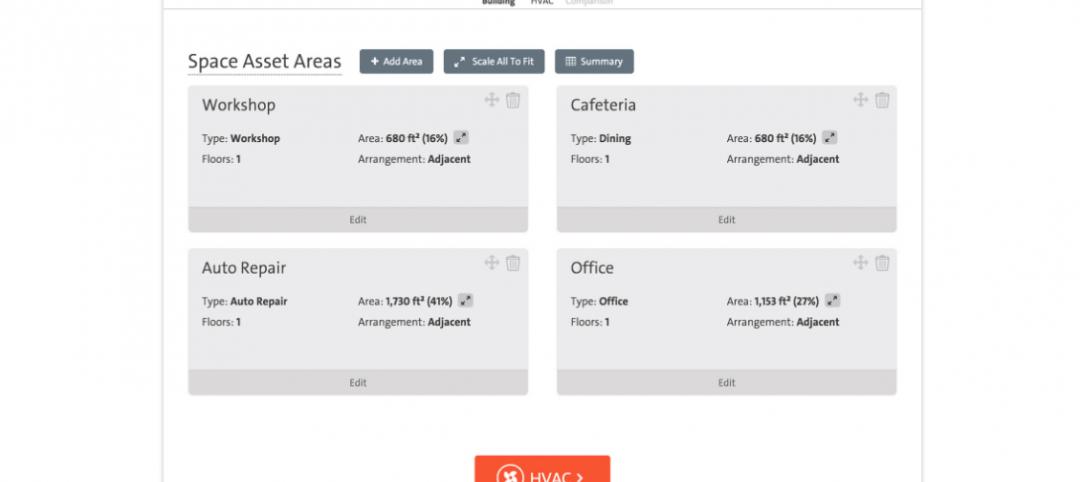A new survey of building owners and contractors highlights the challenges of managing construction projects when software applications lack automated data exchange processes.
The report, “Connecting Owners and Contractors: How Technology Drives Connected Construction,” was released by e-Builder, a Trimble Company, and Dodge Data & Analytics. It is based on responses to online surveys last Spring from 112 contracting companies and 98 building owners. Nearly three-quarters of the contractor respondents identify themselves as GCs. Sixty-nine percent of the owners operate within the public sector, and most focus on education, government, or healthcare projects.
Among these companies, 57% of owners and 52% of contractors say they use Project Management Information Systems (PMIS). However, these systems often are not compatible: only 16% of contractors say that an owner’s PMIS is the same as their own, and only 14% say they can integrate the two systems. But owners appear to have the upper hand here, as seven out of 10 owner-respondents with PMIS require contractors to use the owner’s system. More than half of these owners deploy their systems on more than half of their projects.
Consequently, about two-fifths of contractors say they end up using the owners’ systems and their own, leading to double data entry that, the survey found, has a negative impact on worker productivity, workflow, accuracy, decision making, and scheduling.

The survey finds that most owners insist that their PMIS prevail as the system used. That demand can present more work for contractors that also prefer to use their own systems.
More than one-third of contractors say they use the owner’s PMIS exclusively. The risk for contractors that use an owner’s PMIS, according to the survey, include increased costs, lack of proper documentation in the event of a claim, lack of project performance data and reports.
The disconnect, however, is that contractors see all these risks as being much bigger problems than owners do. Only two fifths of contractors are satisfied with the status quo, compared to nearly three fifths of owners. Contractors, though, also tend to be more neutral than owners about these systems’ incompatibilities, apparently accepting inefficiencies as part of doing business.
The irony is that there’s consensus among contractors and owners about, and a high level of satisfaction with, the overall benefits of using PMIS to handle such things as submittals and RFIs. Sixty-five percent of owners and 51% of contractors see high/very high value in a single platform that all parties use on projects for data management. “Both believe that creating a more seamless workflow for their processes would increase the value they receive,” the report states.

Contractors and owners agree that there's value in managing projects using a single, seamless system.
The report quotes Aaron Haas, Executive Vice President and construction manager with Howard Hughes, that within such a seamless scenario “there should be no miscommunication about cost, change orders, RFIs, submittals; it’s all one unified system.” Contractors in general believe that the key to accelerating this project process, and to getting paid quicker, is better data exchange.
But the industry has a ways to go to reach that plateau. The survey finds that 73% of contractors still use manual methods to measure project progress on more than half of their jobs, and 49% of pros subjectively estimate project progress on more than half of their jobs.
\More than a quarter of contractors don’t use a PMIS because they think it’s too expensive, and 23% think it’s too complicated. But 58% expressed a moderate to higher interest in using a system within the next three years.
Related Stories
AEC Tech | Apr 12, 2019
NBBJ creates Design Performance Group whose goal is to connect building design with occupant wellbeing
The firm also wants to advance energy efficiency in its projects.
AEC Tech | Apr 10, 2019
Speaker Update! Accelerate AEC Innovation Conference, May 13-14, NYC
BD+C's third-annual Accelerate AEC Innovation Conference (May 13-14, NYC) will explore AI in architecture, offsite construction, smart buildings, AEC business innovations, big data in construction, and much more.
AEC Tech | Mar 26, 2019
Embracing collaboration tools from outside the AEC industry
Let's take a look at the available technologies from outside AEC that are seeing greater adoption within the industry.
AEC Tech | Mar 24, 2019
5 ways designers and builders can use business intelligence with data they already have
Tricky construction budgets, large project teams, and unique designs needing extensive coordination are all problems increasingly being handled with new software tools and data.
AEC Tech | Feb 8, 2019
BI(m): BIM data without models
A new breed of data tools creates a valuable opportunity for the next wave of BIM and facilities management, one where “pure data” is at the center, writes John Tobin of SMRT Architects.
AEC Tech | Jan 9, 2019
Our robotic future: Assessing AI's impact on the AEC profession and the built environment
This is the first in a series by Lance Hosey, FAIA, on how automation is disrupting design and construction.
3D Printing | Dec 7, 2018
Additive manufacturing heads to the jobsite
Prototype mobile 3D printing shop aims to identify additive manufacturing applications for construction jobsites.
AEC Tech | Sep 27, 2018
BD+C editors want your input on AEC technology
Please help us improve our editorial coverage by taking this brief survey.
Sponsored | AEC Tech | Sep 14, 2018
Sponsored webinar: Benefits of traceable construction
In this free 60-minute webinar, Keith Alcorn of FARO Technologies will talk about the concept of traceable construction and how 3D reality capture solutions provide portable, efficient, secure, and forward-looking solutions for data collection, pre-processing, and evaluation in the design, build and operating phase. September 18, 2:00 EST.
AEC Tech | Jul 24, 2018
Weidt Group’s Net Energy Optimizer now available as software as a service
The proprietary energy analysis tool is open for use by the public.














